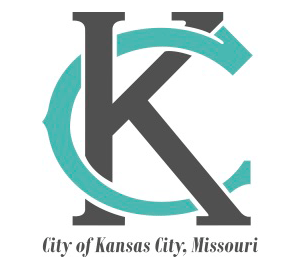All SNG Insights Topics

Training in the Internet Age
Many of the small businesses that stand to gain the most from enhanced utilization of Internet applications ...

Driving Meaningful Use For Businesses
Effective business use of the Internet and its applications promotes local competitiveness and growth, ...

What is Innovation?
Thoughts from Harvard’s Strategic Innovation Summit Last month I presented at the Strategic Innovation ...

KC’s New Small Business Program Gives Entrepreneurs a Leading Edge in the Digital Age
Partnership with Strategic Networks Group helps businesses leverage broadband for business growth Today, the ...

America’s SBDC and Strategic Networks Group Announce Easy-to-Use Tool to Uncover Online Opportunities
Digital Economy Industry Insights Barometer Gives Businesses Better Understanding of Online Activities that ...

Beyond Gigafying
The Demand Side of Broadband and the Jobs it Creates While the world seems to be obsessed with the ...

Online Marketing Not Being Utilized by Small Businesses
Within the past 6 months SNG has conducted research across both the states of Kansas and Arkansas. Each State ...

Developing Statewide Utilization Strategies
Connect Arkansas Looks to Drive Economic Impact, Small Business Growth Connect Arkansas is a private ...

The Rural Broadband Digital Divide
There is a high degree of awareness of how differences in Internet connectivity contribute to the “digital ...
